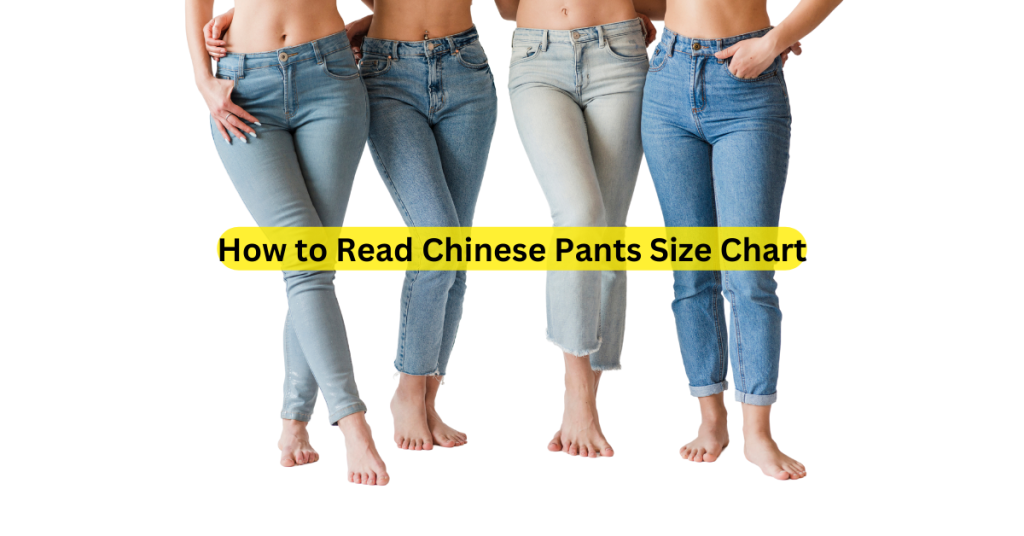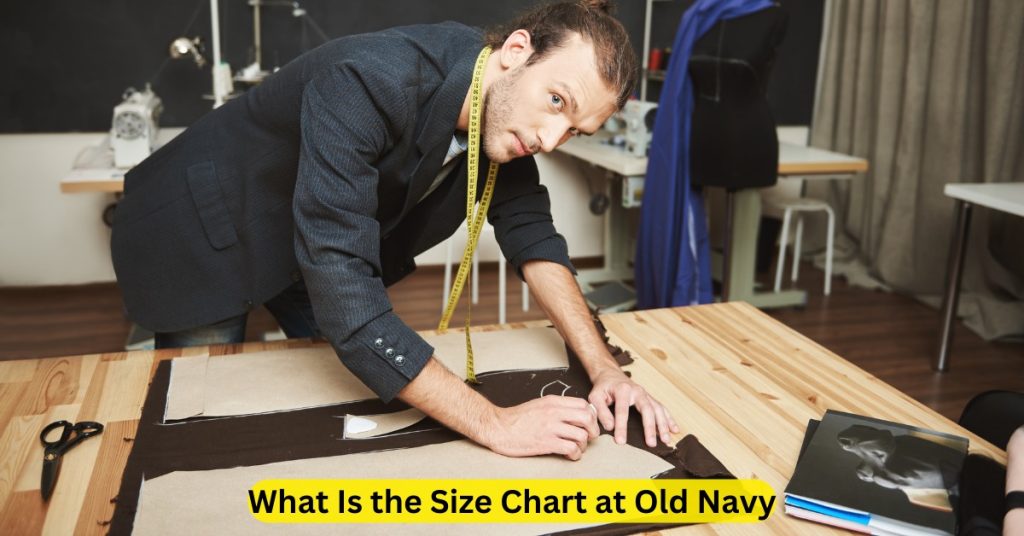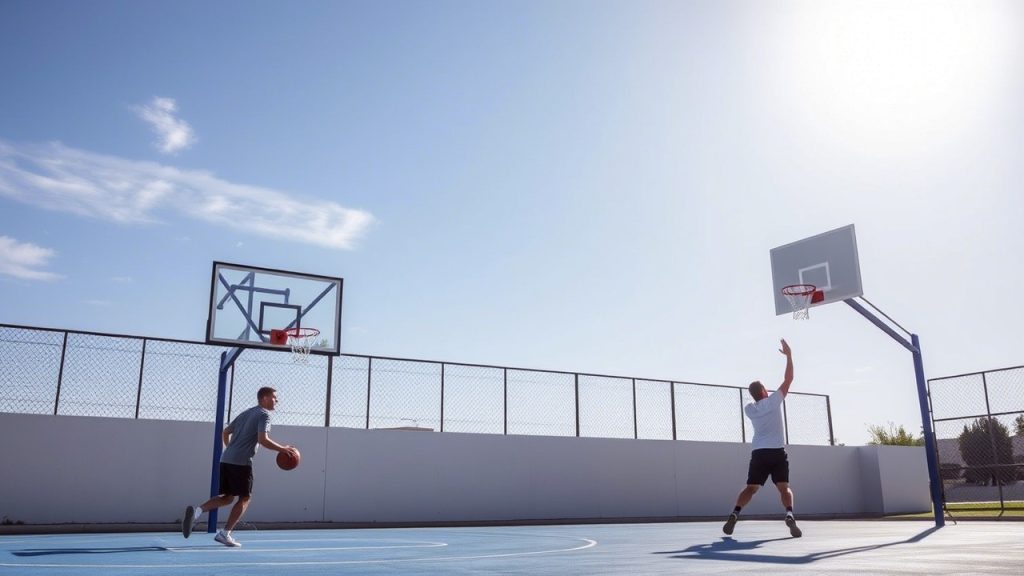When you’re gearing up for a ski trip, one of the most important pieces of equipment you need to focus on is your ski boots. Ski boots are crucial for both performance and comfort, which is why selecting the perfect fit is absolutely essential. However, finding the right size can often be challenging due to varying brands, models, and measurement systems.
We’ll explore the 5 best ski boot size chart ideas to help you achieve the perfect size. This guide will discuss how to measure your feet accurately, understand ski boot sizing, and provide tips on ensuring your boots fit snugly for both comfort and performance. Additionally, we’ll answer some frequently asked questions that many skiers and snowboarders have when it comes to ski boot sizing.
Understanding Ski Boot Sizing
Before we dive into the best ski boot size charts, it’s important to understand the basics of ski boot sizing. Ski boots come in a variety of sizes, but the most common system used is the Mondopoint sizing system, which measures the length of your foot in millimeters. The reason this is the most reliable sizing method is that it’s much more specific than using U.S. shoe sizes or European sizes.
Here’s how ski boots generally work:
- Mondopoint sizing: This is the length of your foot in millimeters. For example, if your foot is 270 millimeters long, you’d need a ski boot size of 27.0.
- Flex Rating: The flex rating of a ski boot refers to the stiffness of the boot. A lower flex rating (60-80) is typically better for beginners, while higher ratings (100+) are for advanced skiers.
- Width: Ski boots come in different width ranges. The width refers to the size of the boot’s interior, with narrower boots being referred to as “low-volume” boots and wider boots as “high-volume.”
5 Best Ski Boot Size Chart Ideas
To help you achieve the perfect fit, here are the 5 best ski boot size chart ideas that can guide you in choosing the right ski boot size.
1. The Traditional Mondopoint Size Chart
The Mondopoint system is the most common sizing method for ski boots. This system works by measuring the length of your foot in millimeters. To find your size, follow these steps:
- Step 1: Stand with your back against a wall and place a piece of paper on the floor.
- Step 2: Place your bare foot on the paper, ensuring that your heel is touching the wall.
- Step 3: Use a ruler to measure from the tip of your longest toe to the back of your heel.
- Step 4: Convert your foot length into a Mondopoint size by dividing the measurement by 10. For example, if your foot measures 275 mm, your ski boot size will be 27.5.
Here’s a typical Mondopoint size chart for reference:
| Mondopoint (mm) | US Men’s Size | US Women’s Size | European Size |
|---|---|---|---|
| 255 | 8 | 9 | 40 |
| 260 | 8.5 | 9.5 | 41 |
| 270 | 9 | 10 | 42 |
| 280 | 9.5 | 10.5 | 43 |
| 290 | 10 | 11 | 44 |
This system is simple and straightforward, making it an excellent choice for accurate sizing.
2. The Size Conversion Chart
If you’re buying ski boots from a brand that uses a different sizing system than Mondopoint, you can rely on the size conversion chart to help you navigate between various size systems. Ski boots may use U.S., European, or UK shoe sizes, so having a conversion chart handy can ensure you get the right fit.
For example:
| US Men’s Size | European Size | Mondopoint Size |
|---|---|---|
| 6 | 39 | 24.5 |
| 7 | 40 | 25.0 |
| 8 | 41 | 26.0 |
| 9 | 42 | 27.0 |
| 10 | 43 | 28.0 |
This size chart can be incredibly useful when shopping for ski boots online or when switching between different manufacturers.
3. Boot Fit and Width Chart
Ski boots come in different widths to accommodate various foot shapes. These widths are often categorized as narrow, medium, and wide. Ski boot width is important because it affects how comfortable the boot will be. If your foot is too wide for a medium-width boot, it can cause discomfort, blisters, or poor circulation. On the other hand, if your foot is too narrow for a boot, your foot may slide around inside, reducing control and performance.
Here’s a basic boot fit and width chart:
| Foot Width (mm) | Ski Boot Width | Fit Category |
|---|---|---|
| 97-98 mm | Narrow (98mm) | Narrow Fit |
| 99-100 mm | Medium (100mm) | Standard Fit |
| 101-102 mm | Wide (102mm) | Wide Fit |
To get the right width, measure the width of your foot at the widest part (the ball of the foot). If you have a wide foot, look for boots with a wide or high-volume fit, whereas those with narrower feet may prefer a low-volume boot.

4. The Custom Boot Fit Chart
Many ski boot manufacturers now offer custom boot fitting options that cater specifically to your unique foot shape. Custom footbeds and heat-molding technology are excellent for achieving the perfect fit. Many ski boot retailers offer in-store services where they take detailed measurements of your foot, including your arch height, width, and foot length. This allows them to recommend the ideal ski boot model and size for you.
The custom boot fit chart includes personalized measurements that go beyond foot length and width. These charts help you find the best boot volume, adjust for different skiing styles (freestyle, alpine, backcountry), and account for any foot irregularities like bunions or high arches.
| Fit Type | Features | Recommended For |
|---|---|---|
| Custom-Fit | Heat-moldable liners, footbeds, shell | Skiers with unique foot shapes |
| Standard-Fit | Pre-formed liners, regular sizing | Skiers with average foot shapes |
By opting for a custom boot fit, you get boots that are truly tailored to your feet, ensuring optimal comfort and performance.

5. The Sizing Adjustment Chart
Sometimes, ski boots can feel a little too tight or too loose, even if you’ve selected the correct size. To combat this, manufacturers offer sizing adjustment charts that show how to tweak your boots for a better fit. This can include adjusting the buckle tightness, using footbeds for added cushioning, or using heel lifts to adjust the fit.
For example, if your boot feels too tight at the toes, you can try loosening the toe buckle. If the boots feel too loose, adding extra footbeds or socks can provide a more secure fit.
| Fit Issue | Adjustment Solution |
|---|---|
| Tight toes | Loosen toe buckle, try thinner socks |
| Loose heel | Add heel lift or thicker footbeds |
| Pressure points | Try a custom insole or heat mold boots |
These adjustments can make a world of difference, allowing you to fine-tune your boots for maximum comfort without having to buy a new pair.
Frequently Asked Questions (FAQs)
- How do I measure my foot for ski boots? Stand barefoot with your heel against a wall and measure from the wall to the tip of your longest toe. This measurement in millimeters is your foot length, which corresponds to your ski boot size in Mondopoint.
- What if my feet are different sizes? If one foot is larger than the other, it’s generally best to size your boots to fit the larger foot. You can also use custom insoles to adjust the fit of the smaller foot.
- How tight should ski boots feel? Ski boots should feel snug but not painful. You should feel firm contact around your foot, especially at the heel, but there should be no pinching or excessive pressure.
- Should I wear ski socks when trying on boots? Yes, you should wear the same type of socks you plan to wear when skiing. Ski-specific socks are designed to be thinner and wick moisture away, offering a better fit inside ski boots.
- Can ski boots be too tight? Yes, if ski boots are too tight, they can cause discomfort, poor circulation, and pain. Always ensure there is enough room to wiggle your toes comfortably.
- What is the difference between soft and stiff ski boots? Soft boots are more flexible and comfortable, best for beginners or those who prefer a relaxed skiing style. Stiff boots offer more control and are better for advanced skiers who need responsiveness.
- Can ski boots be resized? Some ski boots can be heat-molded or adjusted slightly for a better fit. However, they cannot be resized in the same way regular shoes can.
- How often should I replace my ski boots? If your ski boots are over 5-10 years old or showing signs of damage (cracks, worn-out liners), it’s a good idea to replace them. Boots that are too old may not offer the support you need.
- What happens if my ski boots are too loose? Loose boots can lead to poor control, discomfort, and potential injury. Always make sure your boots are properly buckled and fit securely around your foot.
Conclusion
Achieving the perfect ski boot size is essential for both comfort and performance on the slopes. By understanding the different sizing systems, utilizing ski boot size charts, and opting for custom fits, you can ensure that your boots provide the best support possible. A proper fit allows you to ski with confidence, knowing that your feet are comfortable, secure, and ready for adventure.
Make sure to take your time when choosing the right ski boots. Your feet will thank you later when you’re gliding down the mountain with ease!





